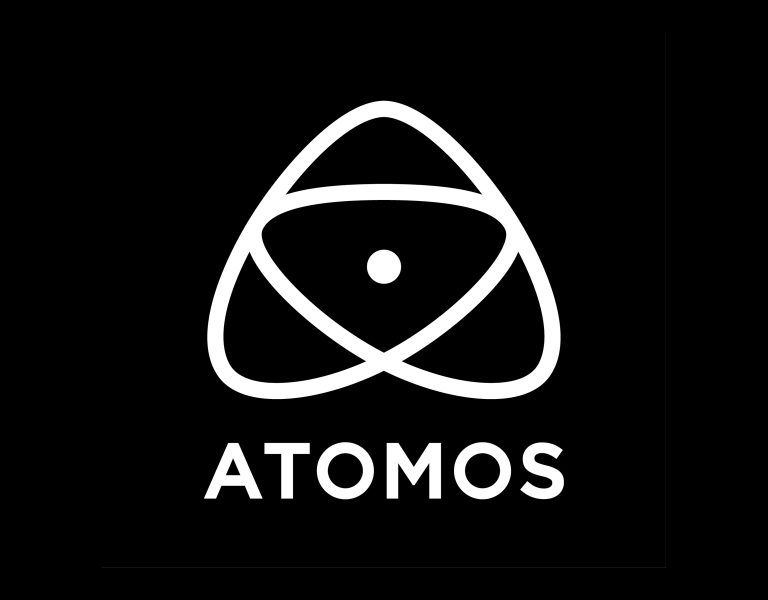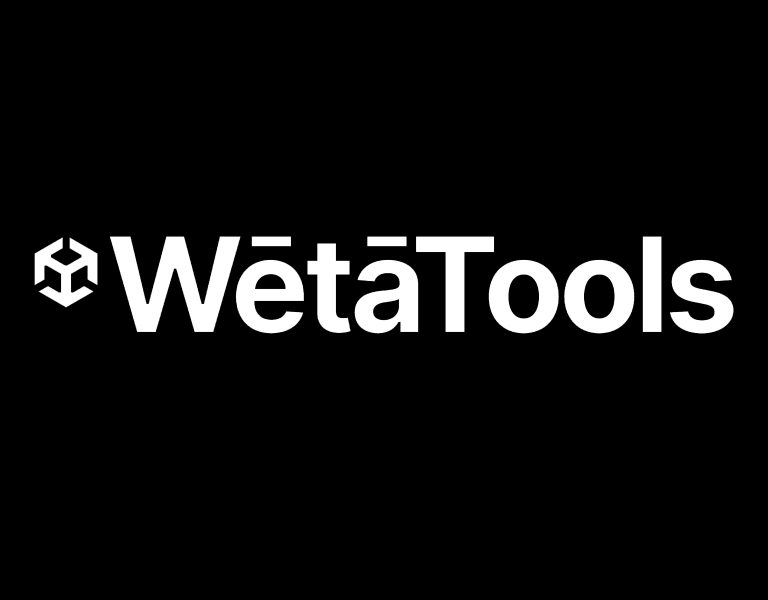The viewfinder is a powerful instrument in the cinematographer’s arsenal. Steven Poster ASC examines its evolution and the functionality and flexibility of the Artemis Pro viewfinder system.
There are tools and there are TOOLS.
We are workers and workers use tools. Sometime a tool can be a large machine like a bulldozer. Sometimes they are small, like a jeweler’s screwdriver. Sometimes you may need a tool only occasionally on a project you are making, like a Technocrane. And sometimes there is a tool that is so important that you may use it on every shot. But do we think of those tools as being as important as they are? Probably not, because that tool may be hanging on your neck or faithfully sitting in your assistant’s front box waiting for you to line up a shot.
I’m talking about our viewfinder. And where did this all start? It probably started with some director or cinematographer putting their hands in the air with their thumbs touching to describe the parameters of a shot they want to make. That might have eventually evolved into using the Mitchell Side Finder, with its supplemental lenses, and focal length masks, and its ground glass for viewing. Then we got into optical viewfinders that would hang around your neck and had adjustable aspect ratios and focal lengths. These were great and were often gifts of the bigger camera rental companies to DPs they worked with. The best function of those was that they usually engraved the titles of our movies on the side of the finder before they gave them as gifts. I had my whole resume hanging around my neck for all to see, great for my ego but not for my neck.
I passed through the stage where we had optical viewing systems that you attach the actual lenses you were using to see the shot. These were great for accuracy but heavy and still did not offer the director the exact view.
There was another phase where the guys at Hoodman made a black-and-white video finder. It was cumbersome with the actual taking lens attached and the images were not great. But I was able to show the director exactly what I was thinking on the spot. It was pretty much a prototype with not very good imaging. But the idea was launched. And it was a good idea. I used it all the way through Stuart Little 2. It was the right idea with the incorrect implementation. And it broke a lot. But using it was a breakthrough.
But now most of the cinematographers I know use the same viewfinder: Artemis Pro. I used this tool on every shot of my most recent movie Scared to Death. It was always ready in my back pocket in the form of my new iPhone 14. I’ve used Artemis before in earlier versions, though both phones and the Artemis have been in continual development. The lens on the early smart phones were not very wide angle, so getting Artemis to show wide focal lengths would need the use of supplemental lenses mounted to the phone case.
My new iPhone 14 combined with Artemis Pro does EVERYTHING except make my morning smoothie. The setup is easy: choose a camera format, aspect ratio, lens system, focal lengths you want to display, and you are ready to go. You can record still or motion pictures and create folders to organise them. Each shot records the focal length, the declination, the compass bearing, the field of view, and notes for the shot, and you can even add the show LUT to shape the images the way you want them to look.
And here is what makes this a team player: Artemis Pro can stream video to any other phone with Artemis Pro installed. Think about the director and other crew members watching as you design a shot. Or being able to preview top shots without climbing a ladder. Or not having to lay on the ground to see a low shot.
Nic Sadler, the inventor of Artemis, and the team at Chemical Wedding gave me access to the latest beta version which has many major improvements for use on my last movie. In recent years they have added features like Virtual Stand-Ins for assist in lining up shots when actual stand-ins are not available. This new update has the emphasis on organisation and planning. It is now possible to take a sequence of shots, combine them into a storyboard and email it in a matter of minutes, shortcutting a process that ordinarily could take hours.
Artemis has been around for 15 years now. This new version of Artemis Pro takes a tool I have trusted for some time to a new level. And for those wanting a little more, Artemis Prime combines the interface of Artemis with a traditional optical viewfinder making the most functional and flexible viewfinder system available. But I’ve been very pleased to be able to reach in my back pocket and pull out a whole toolbox.


















